ISO 21101:2014 Adventure Tourism — Safety Management
₹24,000.00 Original price was: ₹24,000.00.₹12,000.00Current price is: ₹12,000.00.
The introduction to ISO 21101 claims adventure tourism is a global industry of growing importance, and that adventure tourism involves an inherent element of risk. There must be a balance between risk and reward; adventure and danger. ISO 21101 and it’s sister standards 21102 (“Adventure tourism – Leaders – Personnel competence”) and 21103 ( “Adventure tourism – Information for participants”) provide a basis for adventure tourism activities providers to plan, communicate about, and deliver adventure tourism activities as safely as practicable.
ISO 21101:2014 is a standard that pertains to Adventure Tourism and outlines guidelines for safety management systems within this industry. The standard is designed to ensure that adventure tourism activities are conducted with a high level of safety, thereby minimizing risks to participants and operators. Here are some key points covered by ISO 21101:2014:
- Scope: The standard provides requirements and guidance for adventure tourism operators to establish, implement, maintain, and continually improve a safety management system.
- Risk Assessment and Management: It outlines procedures for identifying, assessing, and managing risks associated with adventure tourism activities. This includes assessing the environmental, social, and operational risks inherent in such activities.
- Participant Safety: The standard emphasizes the importance of participant safety, including requirements for briefing participants on risks, providing appropriate safety equipment, and implementing emergency procedures.
- Training and Competence: It addresses the need for adventure tourism staff to be adequately trained and competent to carry out their roles effectively, including emergency response procedures.
- Equipment and Infrastructure: The standard provides guidelines for the inspection, maintenance, and operation of equipment and infrastructure used in adventure tourism activities, ensuring they meet safety standards.
- Emergency Preparedness and Response: ISO 21101:2014 requires adventure tourism operators to have documented emergency procedures in place and to conduct regular drills to ensure staff and participants are prepared to respond effectively in case of emergencies.
- Documentation and Record Keeping: Operators are required to maintain documentation related to their safety management system, including risk assessments, incident reports, and training records.
- Continuous Improvement: The standard emphasizes the need for continual monitoring, evaluation, and improvement of safety management systems to adapt to changing circumstances and emerging risks.
By adhering to the guidelines set forth in ISO 21101:2014, adventure tourism operators can enhance the safety of their activities, build trust with participants, and minimize the likelihood of accidents or incidents occurring.
Be the first to review “ISO 21101:2014 Adventure Tourism — Safety Management” Cancel reply
Related products
ISO Certification Consultancy
ISO Certification Consultancy
ISO/Tr 16310:2014 Symbol Libraries For Construction And Facilities Management
ISO Training Service
2 days training on Internal Auditor ISO 14001 Environment Management System
ISO Certification Consultancy
ISO 35001_2019 Biorisk management for laboratoies and other related organisations
ISO Certification Consultancy
ISO Certification Consultancy
ISO Certification Consultancy


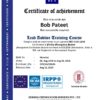

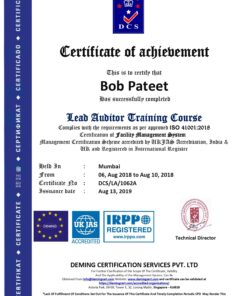
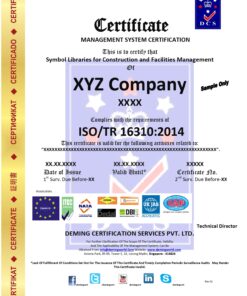
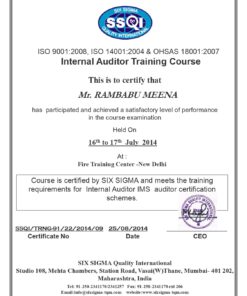
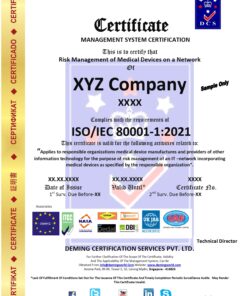
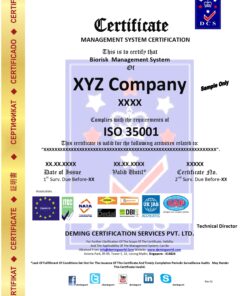

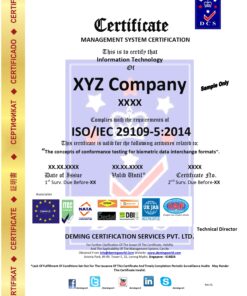
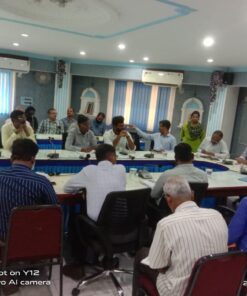
Reviews
There are no reviews yet.